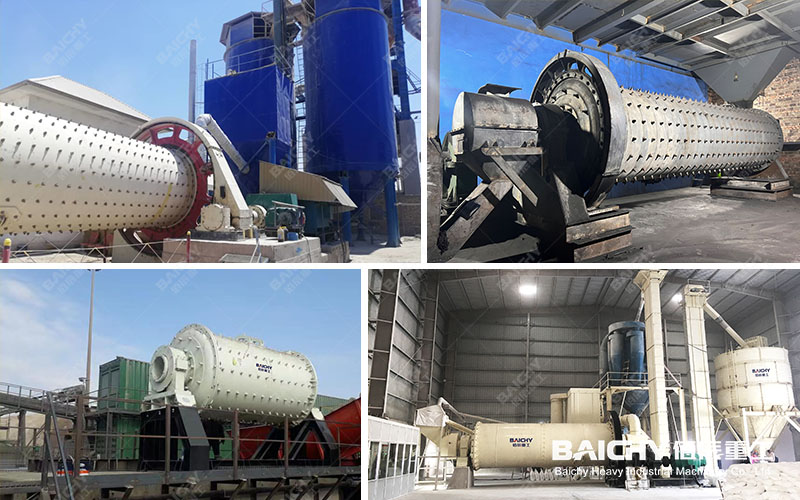Talc
Talc, also known as painting stone, liquid stone, of stone, cold stone, finite, and co-stone, is a common silicate mineral with a Mohs hardness of 1. It is a known soft mineral and can replace chalk. There are white marks, and nails can leave scratches on the talc. Talc is generally blocky, leafy, fibrous, or radial in shape, white or off-white in color, and may be colored by other impurities.
| Fineness | Application Scenario | recommended equipment |
| Within 200 mesh | Used as feed, such as fish feed, etc., and also used as other additives; | MTW Grinding Mill |
| 200-325 mesh | Drilling, paper making, etc. | MTW Grinding Mill |
| More than 325 mesh | Chemical additives, paper | HGM grinding mill |
Talc Processing Technology
1. Crushing stage: large pieces of material are crushed by the crusher to the feed fineness that can enter the mill (15mm-50mm)
2. Milling stage: The small pieces of materials that meet the grinding conditions are uniformly and quantitatively entered into the grinding chamber of the mill through the conveying and feeding system, and are ground into powder in the grinding chamber.
3. Classification stage: The ground materials are classified through the powder classifier with the system airflow, and the unqualified powder is classified by the classifier and returned to the main mill for re-grinding.
4. Powder collection stage: the fine powder enters the powder collection system with the airflow through the pipeline, the air and powder are separated, and the finished powder is sent to the finished product silo by the conveying device, and then uniformly packed with a powder tanker or an automatic packing machine.

Recommended machines for Talc grinding mill
According to different uses and different discharge fineness, the choice of Talc mill will also be different.











